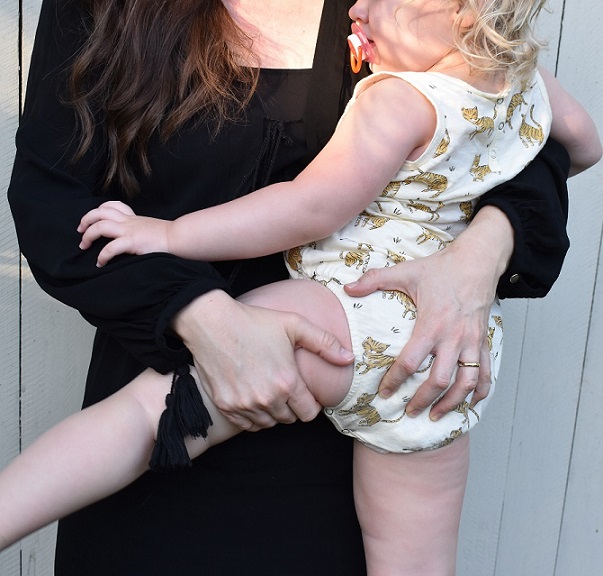Blog Post by Erika Lassig
What is deQuervains?
Pain on the thumb side of the wrist is often caused by a condition called deQuervain’s disease. Often there is no fall or injury to the hand and pain may start suddenly or begin with a small niggle that gradually gets worse. The condition was named after a Swiss physician named Fritz deQuervain.
There are two tendons that help to move the wrist and the thumb, called the Abductor Pollicis Longus (APL) and Extensor Pollicis Brevis (EPB). As the APL and EPB cross the wrist they pass through a fibrous tunnel that keeps the tendons close to the forearm bone during movement. In deQuervain’s, irritation occurs at this site where the tendons pass through the tunnel, causing swelling and pain.
deQueverains occurs twice as often in women as men and frequently occurs in pregnant or new mothers. The exact cause of deQuervain’s is unknown. In some cases there is clearly an element of overuse or repetitive strain, but research tells us there are also hormonal, metabolic and degenerative factors involved. This unclear cause makes it difficult to effectively treat the condition.
What treatments are there for deQuervains?
There are a variety of treatments available. The least invasive option is hand therapy. This will often involve a resting splint or brace in more severe cases, or taping of the thumb and wrist in mild cases. Heat and soft tissue massage are also usually beneficial. Your therapist will talk to you about how to change your everyday activities to help rest the affected tendons and reduce irritation.
Most of these treatments I have listed are passive treatments, where the client can do very little but wait for the symptoms to improve. With my clients I also use some specific exercises called isometric loading exercises. In recent research studies looking at lower limb tendinopathies, isometric loading exercises have helped to reduce pain and thus aid in recovery. These exercises should not be painful and can easily be graded in intensity of the muscle contraction, duration of hold , repetition and frequency.
Other treatment options include an ultrasound-guided corticosteroid injection, which doesn’t always work long term, but effectiveness can be enhanced with the addition of hand therapy. If injection and therapy fail, there is a final option of surgical release of the fibrous tunnel, but most people wish to avoid surgery where possible.
If you think you have deQuervain’s, call us today at The Hand Recovery Centre to book an appointment.


